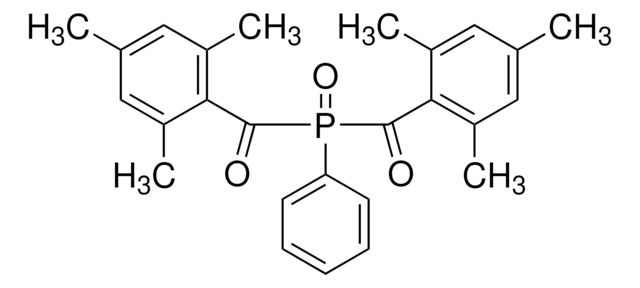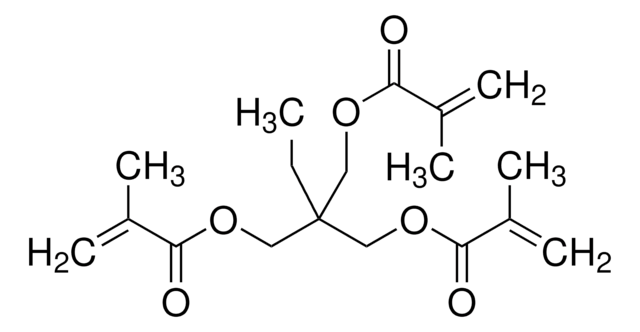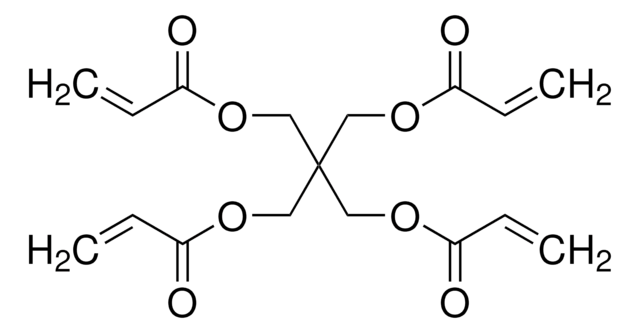Key Documents
411736
1,6-Hexanediol dimethacrylate
contains 75.0-125.0 hydroquinone as inhibitor
Synonim(y):
1,6-Hexamethylene dimethacrylate, 1,6-Hexanediyl dimethacrylate
About This Item
Polecane produkty
ciśnienie pary
0.02 mmHg ( 100 °C)
Próba
≥90%
Postać
liquid
zawiera
75.0-125.0 hydroquinone as inhibitor
współczynnik refrakcji
n20/D 1.458 (lit.)
tw
>315 °C (lit.)
gęstość
0.995 g/mL at 25 °C (lit.)
ciąg SMILES
CC(=C)C(=O)OCCCCCCOC(=O)C(C)=C
InChI
1S/C14H22O4/c1-11(2)13(15)17-9-7-5-6-8-10-18-14(16)12(3)4/h1,3,5-10H2,2,4H3
Klucz InChI
SAPGBCWOQLHKKZ-UHFFFAOYSA-N
Szukasz podobnych produktów? Odwiedź Przewodnik dotyczący porównywania produktów
Powiązane kategorie
Hasło ostrzegawcze
Warning
Zwroty wskazujące rodzaj zagrożenia
Zwroty wskazujące środki ostrożności
Klasyfikacja zagrożeń
Eye Irrit. 2 - Skin Irrit. 2 - STOT SE 3
Organy docelowe
Respiratory system
Kod klasy składowania
10 - Combustible liquids
Klasa zagrożenia wodnego (WGK)
WGK 2
Temperatura zapłonu (°F)
228.2 °F - closed cup
Temperatura zapłonu (°C)
109 °C - closed cup
Środki ochrony indywidualnej
Eyeshields, Gloves, type ABEK (EN14387) respirator filter
Wybierz jedną z najnowszych wersji:
Masz już ten produkt?
Dokumenty związane z niedawno zakupionymi produktami zostały zamieszczone w Bibliotece dokumentów.
Klienci oglądali również te produkty
Nasz zespół naukowców ma doświadczenie we wszystkich obszarach badań, w tym w naukach przyrodniczych, materiałoznawstwie, syntezie chemicznej, chromatografii, analityce i wielu innych dziedzinach.
Skontaktuj się z zespołem ds. pomocy technicznej











